A position paper from the 2015 Don Ostrow Trieste Yellow Retreat (Greco et al., Neonatology, 2016) finds that tools for the cost-effective diagnosis and treatment of jaundiced newborns are not always readily available in low- and middle-income countries (LMICs). As a consequence, the incidence of severe jaundice is difficult to estimate but likely to be underreported by a significant margin. Jaundice is a symptom of severe neonatal hyperbilirubinemia, and is associated with the risk of permanent neurologic damage and death.
The Greco paper includes statistics on neonatal jaundice in several African and Asian countries, many of which have no national records in the medical literature. For example, in 1999, a preliminary report of the National Perinatal Health Conference stated that about 25–30% of babies admitted to selected hospitals in Malaysia were severely jaundiced. As part of an ongoing “Saving Lives at Birth (SLAB)” project, a collaborative study of severe neonatal jaundice and acute bilirubin encephalopathy (ABE) prevalence was performed at 9 hospitals in 6 regions of Nigeria in 2014–2015. The prevalence of severe hyperbilirubinemia was high: 26.9% of admissions for jaundice.
These research findings represent another important validation of the value proposition for DtM’s Firefly Phototherapy Device. At the time of diagnosis in developing countries, jaundice presents almost as a different and more severe disease. Given the limited resources in these countries (everything from unreliable power supplies to lower staff-to-patient ratios), it’s unlikely that a phototherapy device designed for US or EU conditions will be appropriate for long-term use in low-resource settings. It’s hard to imagine how there could be a single “one size fits all” or “world class” standard for even a relatively simple medical technology like phototherapy.
Firefly provides high-intensity phototherapy from above and below the newborn, covering a significantly larger skin surface area than single-sided devices designed to the international standard. Fixing the position of the lights with respect to the bassinet also eliminates opportunity to user error that might occur in settings with limited user training and a much greater number of patients per caregiver. These features allow Firefly to treat neonates who might otherwise require an exchange blood transfusion.

